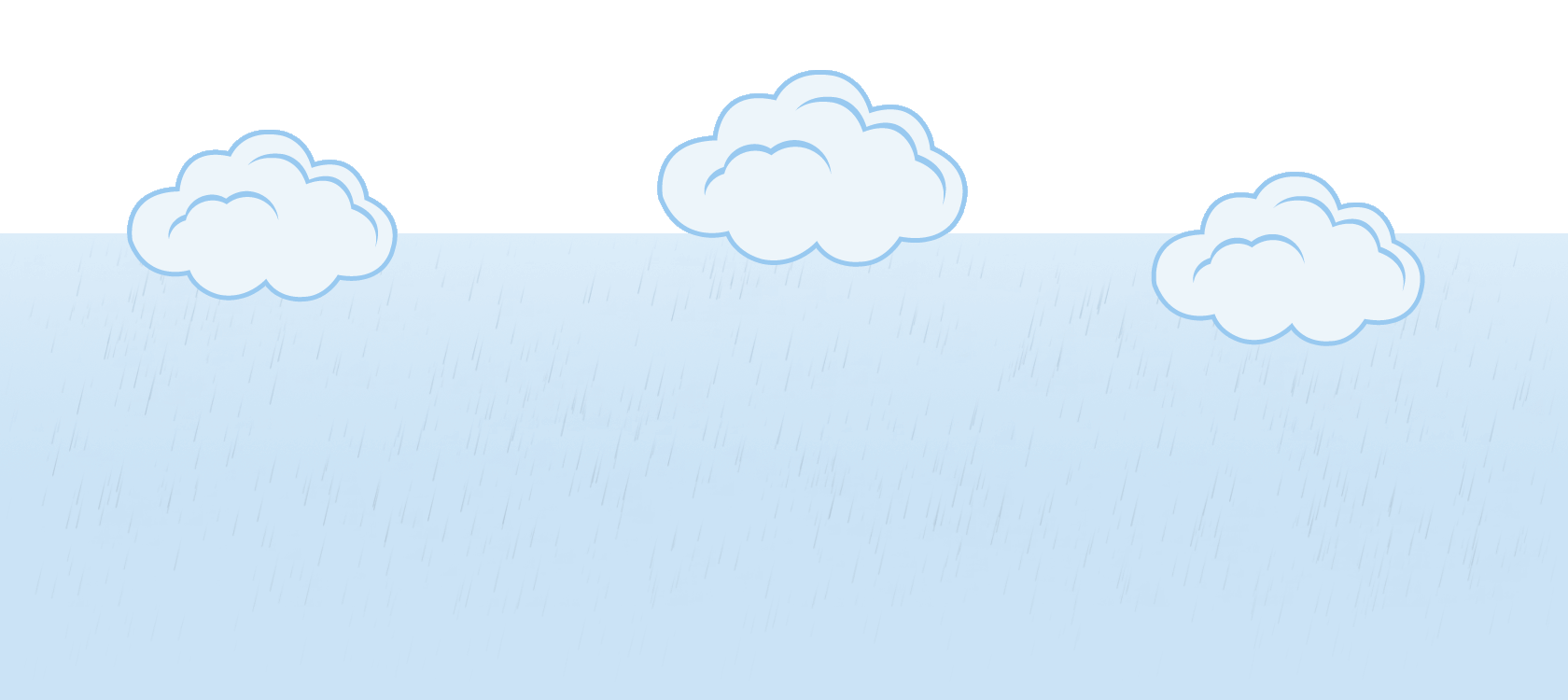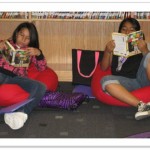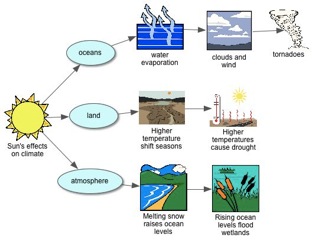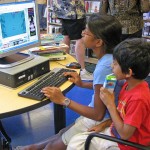In many schools, teachers take their students to the library each week to check out books and hear a story. But, did you know that your school librarian can also help your students learn science topics such as climate? Your school librarian has much more than book checkout and story time to offer you and your students! Just like content standards that address classroom subjects, the Standards for the 21st Century Learner, developed by the American Association of School Librarians (AASL), provide content standards for the school library. The Standards help school librarians shape student learning with a variety of information resources and provide a clear roadmap to help you with a variety of learning activities.
In this article we’ll focus on indicators of Standard 1, which calls for students to “inquire, think critically, and gain knowledge” through developing and refining questions, investigating answers beyond superficial facts, seeking divergent perspectives in information, and assessing whether the information found answers the questions posed.
This standard is a great one to use in conjunction with teaching about aspects of climate because it focuses on forming questions, the entry point of any learning experience. In his e-journal From Now On, school library leader and educator Jamie McKenzie calls questioning a key “technology” for learning and provides an overview of questioning approaches, including his Research Cycle. Your school librarian will work with you to match your assignment to a questioning strategy and an information-seeking activity.
Questioning and Information Seeking for Grades K-2
For K-2 students, activities in the school library and with the school librarian should focus on helping students identify questions they have about something they have heard and seen. Often, these questions will be of a fact-finding nature, but some students may be ready to pose essential questions that, for example, use “how” or “why.” As students seek information, you and your school librarian should work toward having students determine the point of view of authors and, if possible, compare the points of view to understand differences. Finally, you and your school librarian should work together to help students decide if the information found is adequate to answer their questions. Enabling students to thoughtfully begin and conclude information tasks is fundamental to sound information-seeking skills.
For example, in the library, your students could watch a video clip about the Sun. (Some are found by searching at Teachers’ Domain, a source of educational media from public broadcasting.) At the conclusion of the video, you could ask students if, based on what they heard and saw in the video, they have any questions about the Sun and its influence on our climate. As students share their questions, your school librarian can use a concept map to illustrate how the topics of student questions relate to the main idea of the video. (Kidspiration is a concept mapping software for grades K-5. A free trial is available.) With guidance, students will be able to see in the concept map how their topics relate to the main idea as well as how their ideas relate to one another.
You and your school librarian can each refer individual students to encyclopedias and other reference books and age-appropriate web resources as they seek answers to their questions. At the conclusion of the information-seeking process, the school librarian and you can help students to determine if their questions have been answered and strategies for further information seeking are unnecessary. Once the students have completed their information task, they can come back together as a group and report their responses. Referring back to the concept map created earlier, the school librarian can add the answers to the diagram of the questions while you help students identify the relationship between the answers.
Questioning and Information Seeking for Grades 3-5
Students in grades 3-5 can discern questions that require facts only from questions that require deeper investigation to identify the main parts of the topic. At this level, students should be able to independently determine if their information represents divergent viewpoints and may even be able to intentionally seek information that represents multiple points of view. Students should also be able, with some guidance, to determine if the information located is adequate for the question under investigation.
The basic activity for K-2 students outlined above can be adapted for students in grades 3-5, too. Again, in the library, students can begin by watching a short video about the Earth’s climate and the Sun, such as NASA’s Earth as a System, available on Teachers’ Domain. Informed by the video, students formulate questions about the climate. Students can then share their questions and work with you and the school librarian to reformulate questions requiring facts as answers into questions requiring more investigation or even information from multiple points of view. The school librarian can guide students to use concept mapping tools to brainstorm the topics from the video, seeing how their ideas relate to the main idea as well as how their ideas relate to one another.
The information-seeking task for grades 3-5 can be more self-guided than it is for younger students, but you may want to work with your school librarian ahead of time to identify appropriate books and web resources that will increase the likelihood of student success and streamline their time spent looking for information. You and the school librarian should check in with students periodically to review the information they find and to discuss the viewpoints that information represents. As a class, students can return to the concept map, add the responses to their questions, and decide which question resulted in the widest variety of viewpoints. Then, as a class, students can brainstorm ideas about how to investigate the most controversial topics further.
While these are just short introductions to ways in which you can include the library in your teaching, know that your school librarian is both an instructional partner and an information specialist who will have many more ideas about how to take your teaching further in the library. As your instructional partner, the school librarian is capable of helping you design, deliver, and assess assignments that meet your instructional goals.
School librarians are fluent in a variety of grade-specific research strategies, from questioning to information seeking to synthesis and reflection. As your information specialist, your school librarian builds and maintains a collection of print and digital information resources that meet those instructional goals. And, an additional benefit of working with your school librarian is that with two instructional bodies, your students are more likely to receive the one-on-one attention that will help them succeed in their learning!
Resources
Standards for the 21st Century Learner
Adopted by the American Association of School Librarians to offer a vision for teaching and learning to guide the profession as education leaders.
The Research Cycle
An article by Jamie McKenzie from the December 1999 issue of the online journal From Now On.
Marcia Mardis, EdD, Assistant Professor, College of Information Science, Florida State University wrote this article. Marcia is a former school librarian, school administrator, and educational digital library director. Email Marcia at beyondweather@msteacher.org.
Copyright February 2011 – The Ohio State University. This material is based upon work supported by the National Science Foundation under Grant No. 1034922. Any opinions, findings, and conclusions or recommendations expressed in this material are those of the author(s) and do not necessarily reflect the views of the National Science Foundation. This work is licensed under an Attribution-ShareAlike 3.0 Unported Creative Commons license.






